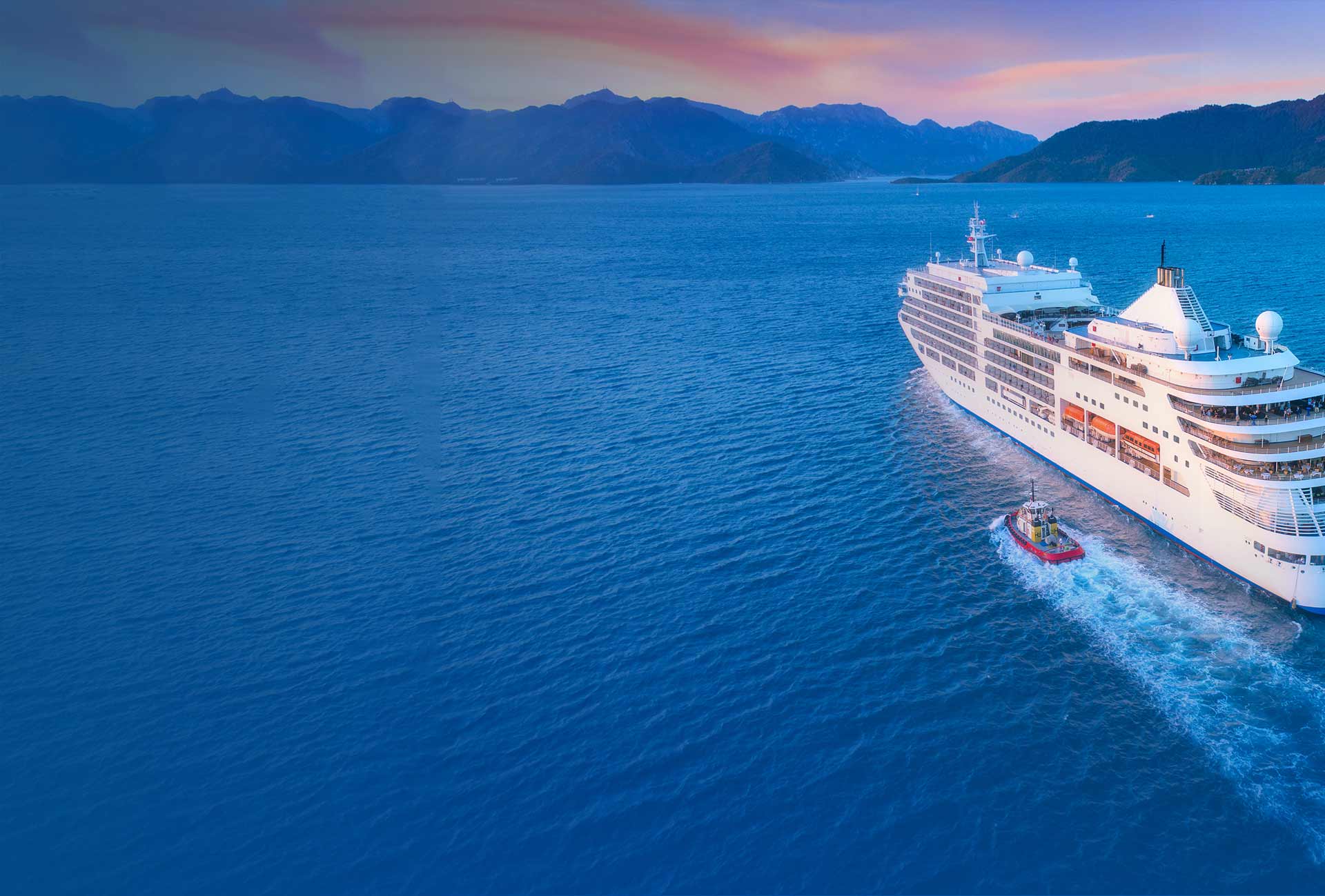
World Maritime Transport is a few steps away from implementing one of the most ambitious measures that the International Maritime Organization has promoted in recent years in environmental matters, since the issuance of Annex VI of the MARPOL Convention on Atmospheric Pollution, incorporated into a series of Objectives set by the United Nations Organization in the 2030 Agenda for Sustainable Development .
Just like the promotion and implementation of the regulations related to the Verification of the Gross Mass of Containers (VGM) in 2016, the IMO 2020 plan has unleashed a series of actions and reactions of the different actors involved in maritime transport, by virtue of the favorable consequences for the environment, but which are of high financial and operational complexity, given the measures that must be adopted for its proper implementation.
The main proposal to achieve one of the objectives of the "IMO 2020" Plan, refers to the changes promoted in the production of fuel for ships, which seeks a sharp decrease in the emission of sulfur oxides (SOx), by reducing the sulfur content in the fuel used on board ships, which goes from a ratio of 3.5% to 0.50% mass / mass.
The solutions range from the adjustment of the fuel to meets the indicated standard, to the use of other types of distilled or alternative fuels such as LNG and LPG, use of scrubbers and in other cases tests carried out with the use of “ batteries ”, which although it is still pretentious to indicate that they will become a solution in the short term, they could be used to improve ship efficiency .
The goal of reducing emissions from ships necessarily leads to the generation of low sulphide fuels whose production costs are higher and therefore of a much more expensive value, coupled with the fact that ships will have to implement a series of measures in their engines to adapt them to this new condition.
This has caused countries such as Russia and others in that region, given the financial pressure that these measures will generate in the investment required by the shipowners to acquire the fuel with the sulfur ratio arranged and to adapt their ships, to determine and communicate that they will not demand said compliance for those vessels under their flag that operate in territorial waters.
Another consequence that will undoubtedly affect the maritime industry is the creation of the so-called Environmental Fuel Quotas, which some large shipping companies have already put their clients on notice, which will equally affect freight costs.
Discussions on the IMO 2020 Plan have included the speed factor of ships, considering its control as a solution, since it must be taken into account that according to some research, it has been determined that approximately three tons of CO2 are produced for each ton of fuel used by an average ship, so, if factors such as efficiency and lower consumption are increased, an improvement in the generation of polluting gases would be proportionally reflected by slowing down and consuming less fuel.
Despite finding ourselves within a few weeks of starting the application of the IMO 2020 Plan, today there is great uncertainty about the effects on fuel prices, possible increases in freight rates due to the implementation of environmental quotas, actual disposition of fuels adjusted to the standard, shipyard service capacity worldwide, among others, issues that the International Maritime Organization should analyze to have comprehensive and reliable information for the global maritime sector.
Although this effort of the maritime community may measure the effects obtained some years or decades later, it is undeniable that we are at the doors of what we could call the Maritime Industrial Revolution, where we all become part of the problem and at the same time of the solutions to be applied, so that Maritime Transport shall continue to exercise its role as the central axis of the world economy.

Across the globe, the world maritime industry requires deep undestanding of the legal and regulatory framework
Meet the best reknowned law professionals and entites of the maritime sector.
